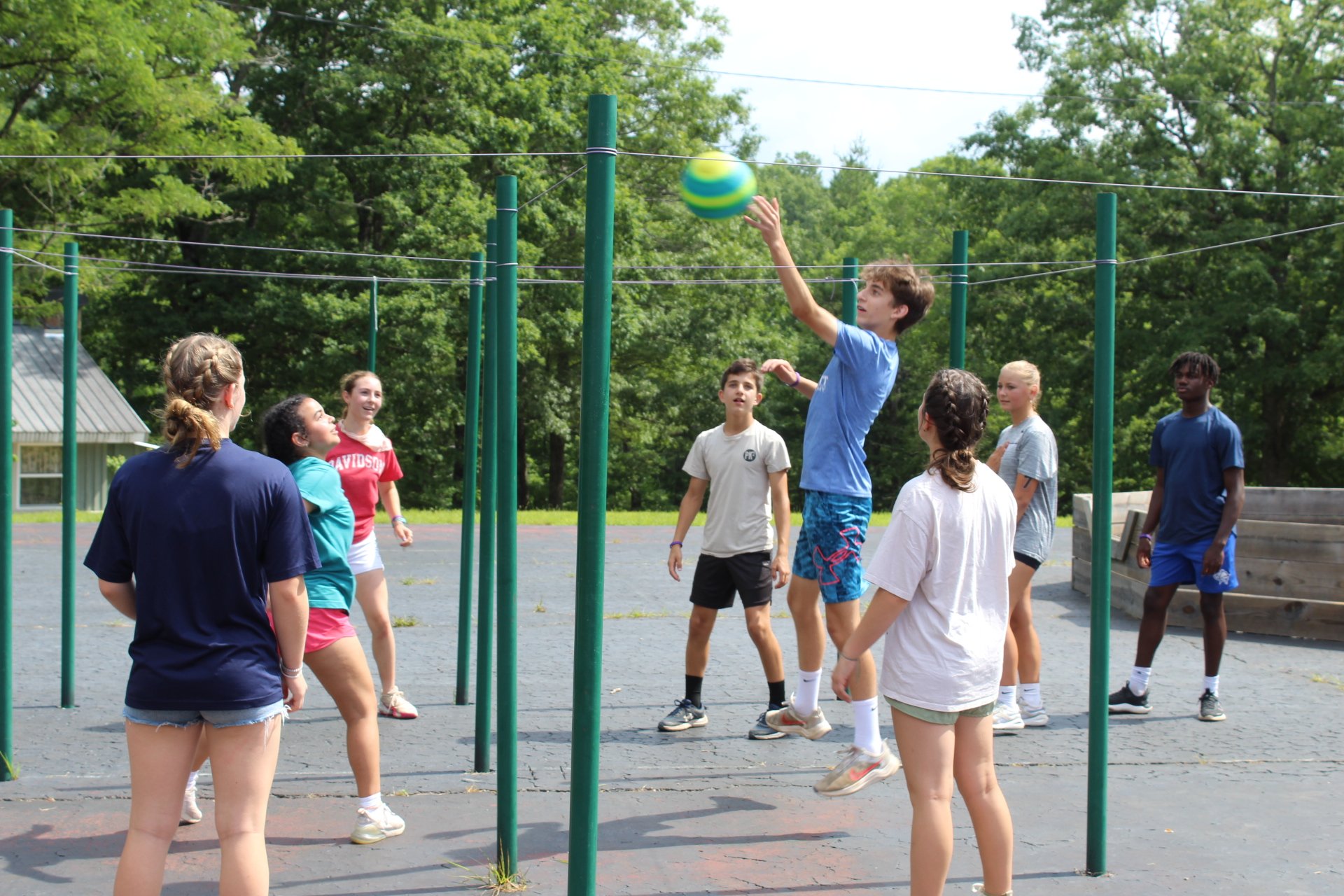PACC: Safe Risks vs. Unsafe Risks
Safe Risks vs. Unsafe Risks: How to Know the Difference at Camp
Camp is all about adventure, growth, and stepping outside your comfort zone—but not all risks are the same. Some risks help campers learn, build confidence, and have fun, while others can lead to unsafe situations. Knowing the difference between a safe, staff-led risk and an unsafe, peer-pressure-driven risk is key to ensuring you make the most of your camp experience.
What Are Safe Risks?
Safe risks are challenges that push you to grow while taking place in a structured, supervised environment. These risks are encouraged by camp staff who prioritize safety, preparation, and support. Safe risks help campers:
- Build confidence and independence
- Learn new skills in a controlled setting
- Overcome fears with proper guidance
Examples of Safe Risks:
- Trying a high ropes course with a harness and trained instructors – This activity is designed with safety equipment and staff supervision to help you try something new in a secure way.
- Performing in the camper show or leading a group game – This social challenge encourages personal growth and creativity without physical danger.
- Learning paddle sports on a supervised lake – Camp staff ensure that all safety rules are followed and that campers have the right equipment and skills before heading out in a canoe or kayak.
- Going on a hike or overnight camping trip – Trained staff lead the way and ensure campers are prepared for the adventure while keeping safety a priority.
What Are Unsafe Risks?
Unsafe risks often stem from peer pressure, reckless behavior, or ignoring safety guidelines. These risks can put you or others in danger and often involve breaking camp rules. Unlike safe risks, these actions don’t come with structured support and can lead to harmful consequences.
Examples of Unsafe Risks:
- Climbing trees or structures without permission – Unlike the ropes course, this risk lacks supervision, proper gear, and safety precautions.
- Daring someone to break the rules or do something dangerous – Peer pressure can lead to poor decisions that compromise safety.
- Swimming in an unsupervised area – Without a lifeguard or proper precautions, this risk is always dangerous.
Camper Quest!
By completing 2 out of 3 Quests in April, campers can earn a special friendship bracelet!
With help from an adult at home, complete the Risk Definition Worksheet.
How to Tell the Difference
When faced with a risk, ask yourself these key questions:
- Who is encouraging this?
If trained staff are guiding the activity and ensuring safety, it's likely a safe risk. If friends are pushing you to do something without staff approval, it could be unsafe.
- Are there safety precautions in place?
If helmets, life jackets, harnesses, or trained supervision are involved, it's probably a healthy challenge. If not, think twice.
- Does it follow camp rules?
Camp rules exist for a reason—if an activity goes against them, it’s likely unsafe.
- How do you feel about it?
If something makes you uncomfortable or seems risky, trust your instincts. Safe risks may feel challenging but should not feel reckless or dangerous.
Encouraging Smart Decision-Making
Camp is an amazing place to take safe risks that help you grow. Staff members are there to support and challenge you in a way that builds confidence while keeping safety a priority. If you ever feel pressured to take an unsafe risk, remember that saying “no” is always an option—and the right choice.
By understanding the difference between safe and unsafe risks, you’ll be able to fully enjoy the adventure of camp while making smart, empowered decisions. Have fun, challenge yourself, and most importantly—stay safe!
We’re excited to connect with you! For more PACC resources, CLICK HERE!
We’re here to help! If you have any questions about the topics above, please reach out to Katy Harvill via email.




